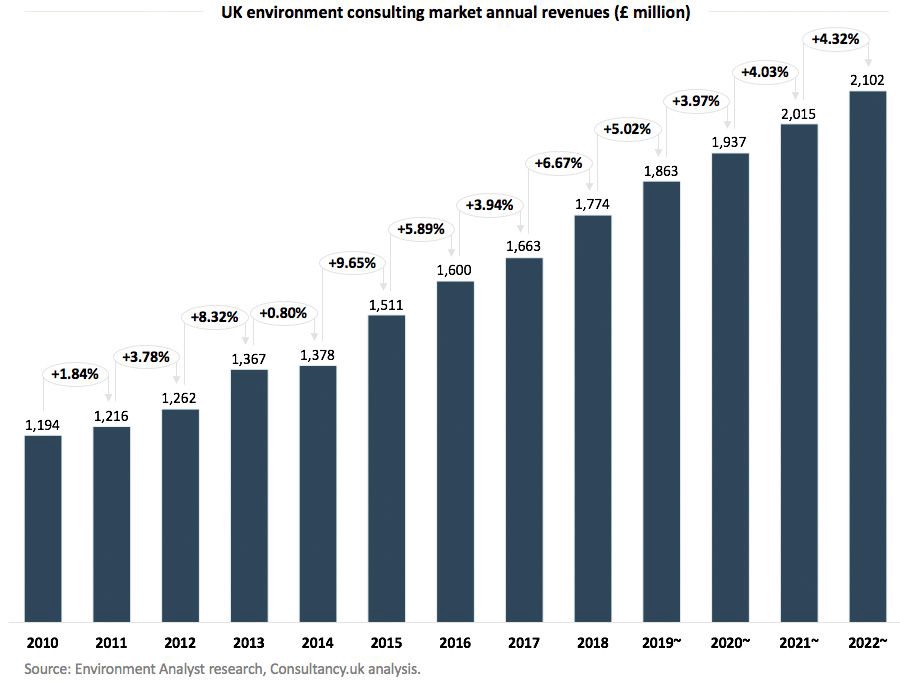
It can be hard to create a creative brief. Writing a creative brief is a daunting task. You need to communicate the vision of the client and avoid using jargon. To help the client solve their problem, your creative brief should be clear, simple, and easy to understand. It shouldn't provide the complete solution. However, it should be a starting point to encourage creativity in the design group. It should contain a brief that is carefully written and creatively crafted in order to solve the client’s problem.
Establish a key consumer benefit. (KCB).
You can focus your marketing efforts by creating a creative brief that highlights a single benefit for the audience. A key consumer benefit can refer to a feature, an advantage, or an outcome the audience would love to have. Key benefit or pain point can be the ultimate goal of your project, or the feeling you want your customers to feel after they use the product or service.
Make sure you analyze your competition's products and target audiences when developing a creative short. This information will allow your company to narrow its focus and pinpoint your niche in the market. Create a KCB (key message) that clearly explains the solution the product or service offers to consumers. Be sure to include testimonials or narratives in the creative short.

Include deliverable dates
Make sure you include all deadlines and deliverable dates in your creative brief. This will eliminate any confusion later. Include any brand guidelines or internal messaging. The more information you provide, the easier it will be for your creative team to achieve your goal. Include the date you want to see the project completed, along with any revisions or approvals you need to make. Also, include the delivery dates for each phase of the project.
A description of the target audience, your competition and the market you are operating in should be included. You should include a concise brief and your company's messaging to your target audience. A clear and concise brief for your creative project will save you from endless revisions. This will enable your agency to be as precise as possible with the information that you provide.
Include brand guidelines
Include brand guidelines in your creative brief to ensure that work is consistent with brand values and tone. These guidelines help the designer understand the brand’s voice and vision so the work they create reflects that vision. These are some suggestions for how to include brand guidelines in your creative short. These guidelines can be used as a guideline to help you create your campaign brief. This guideline will ensure that you don't leave any detail out of your creative brief.
The brief should cover the entire brand. But it shouldn't be too detailed. It should provide a concise overview of the brand and the intended audience, with single paragraphs detailing the goals. The brief should also contain pertinent background information about the brand such as the target market. If the creative team does not already know the brand, they should be able to catch up to it and complete the project. The brief should also contain the brand guidelines, and the deliverables.

Include client's voice
It is important to include the voice of your clients when developing creative briefs. This is often where the hardest part of a creative brief is. The creative brief is often overwhelming because there is so much to do. Listed below are five common reasons why projects fail. While not all of these are due to the brief itself, they all relate to a conflict over project's creative aspects. Here are some tips to help you write a brief that will appeal to your clients.
Create a creative brief that contains the main elements of the project. Include your client's voice and style, as this will inform your work. Make sure you include demographic information as well as behavioral insights about your target audience. This will allow your team to create a content strategy. Remember that your message must be persuasive and encourage your audience to take action. In your creative brief, be sure to include the voice, tone and style of the client.
FAQ
Who hires consultants
Many businesses hire consultants to assist them with their projects. This includes small businesses, large corporations and government agencies.
These consultants may work directly for the organization, or freelance. In either case, the hiring process varies depending on the size and complexity of the project.
There will be many rounds of interviews for consultants when you are looking to hire. Only then can you select the right person to fill the position.
What does it cost to hire an expert?
Many factors go into determining how much it costs to hire a consultant. These factors are:
-
Project size
-
Time frame
-
Scope of work
-
Fees
-
Deliverables
-
Other factors such as location and experience are also important.
What is a consultant?
Consultants are those who offer services to other people. It's not a job title. A consultant is a role that helps others achieve their goals. You do this by helping them understand their options and helping them make the right choices.
Consultants can help you solve problems or overcome challenges when working on projects. They can provide guidance and advice on how to implement the solutions.
Consulting should be able answer any questions related to technology, finance, law and management.
Can consulting be considered a real job?
Consulting isn't just a career option for those who want to earn quick money. It's also a great place to gain valuable skills and build a foundation you can use in your future work.
Consulting offers many opportunities in project management as well as business development, strategy and training. Projects could include small start-ups or large international corporations.
You can develop your skills and gain experience in a variety of industries by consulting. This could include learning to manage teams and write proposals, manage finances, analyze data, create presentations and conduct market research.
Statistics
- My 10 years of experience and 6-step program have helped over 20 clients boost their sales by an average of 33% in 6 months. (consultingsuccess.com)
- So, if you help your clients increase their sales by 33%, then use a word like “revolution” instead of “increase.” (consultingsuccess.com)
- On average, your program increases the sales team's performance by 33%. (consultingsuccess.com)
- According to IBISWorld, revenues in the consulting industry will exceed $261 billion in 2020. (nerdwallet.com)
- Over 62% of consultants were dissatisfied with their former jobs before starting their consulting business. (consultingsuccess.com)
External Links
How To
How to start a consulting company and what should I do first?
Start a Consulting Company to make some extra money from home. You don't need any previous business experience or investment capital. It is possible to create a website to launch your consulting business. You can use social media platforms like Facebook, Twitter, LinkedIn and Instagram to promote your services.
With these tools, you can put together a marketing plan that includes things like:
-
Blog Content Creation
-
Establishing connections (contacts)
-
Generating Leads (lead generation forms).
-
Selling products via ecommerce websites
Once you've created your marketing strategy, the next step is to find clients who are willing to pay you for your services. While some people prefer to attend networking events and groups, others prefer online methods like Craigslist, Wikijiji, or Kijiji. The decision is up to each individual.
Once you have found clients, you should discuss terms and payment options. You can discuss hourly rates, retainer agreements, flat fees, and other options. You need to be clear about what you expect of a client before they accept you as a client.
Hourly agreements are the most commonly used contract type for consultancy service. This type of contract requires you to provide certain services at fixed rates each week or month. You may be able negotiate discounts depending on what service you offer. When you sign a contract, make sure you fully understand it.
The next step is to create invoices and send them to your clients. Invoicing can be a complicated task until you actually attempt it. There are many ways that you can invoice your clients depending on what your preferences are. Some prefer to send their invoices directly by email, while others prefer to print and mail hard copies. No matter what method you use, ensure it works for your business!
Once you have created invoices, it is time to collect the payments. PayPal is popular because it is easy to use, offers several payment options, and most people prefer it. You can also use Square Cash, Square Cash (Google Wallet), Square Cash, Square Cash, Apple Pay and Venmo as payment processors.
Once you are ready for payments to begin, you will need to open bank accounts. You can keep separate checking and savings accounts to track income as well as expenses. Automated transfers into your bank account are a great way to pay bills.
It can seem daunting to start a consulting business. But once you understand how it works, it becomes second nature. Our blog post contains more information on how to start a consulting business.
The best way to make extra cash is to start a consulting business. Many consultants work remotely. They don't have any need to deal with office politics, long hours or office politics. You have more flexibility than traditional employees because you aren't tied down by work hours.